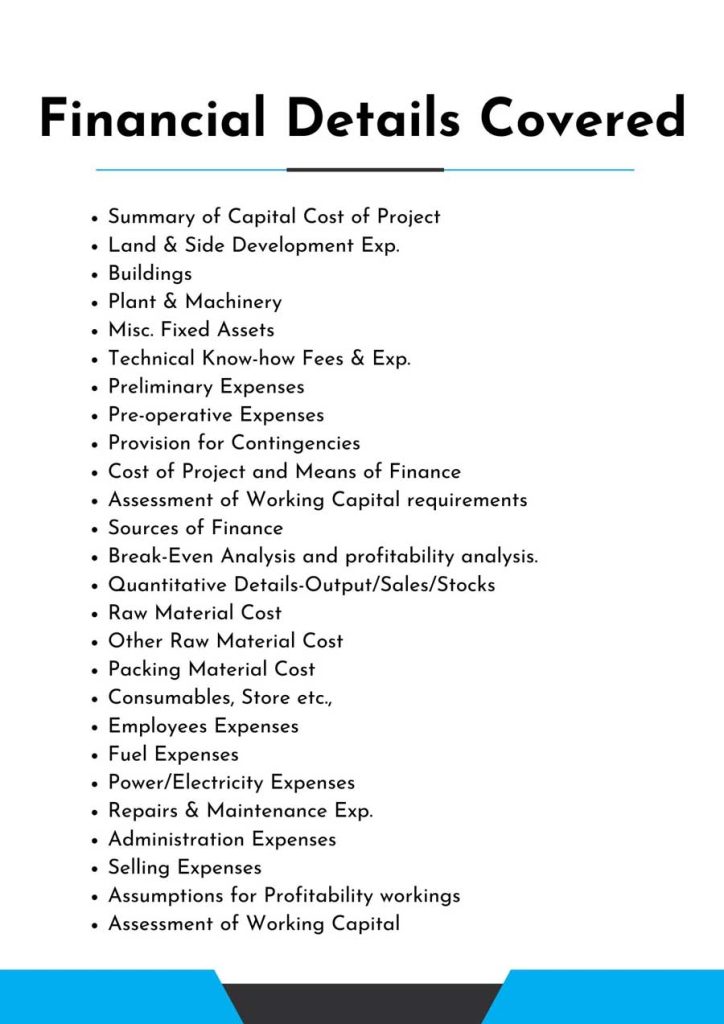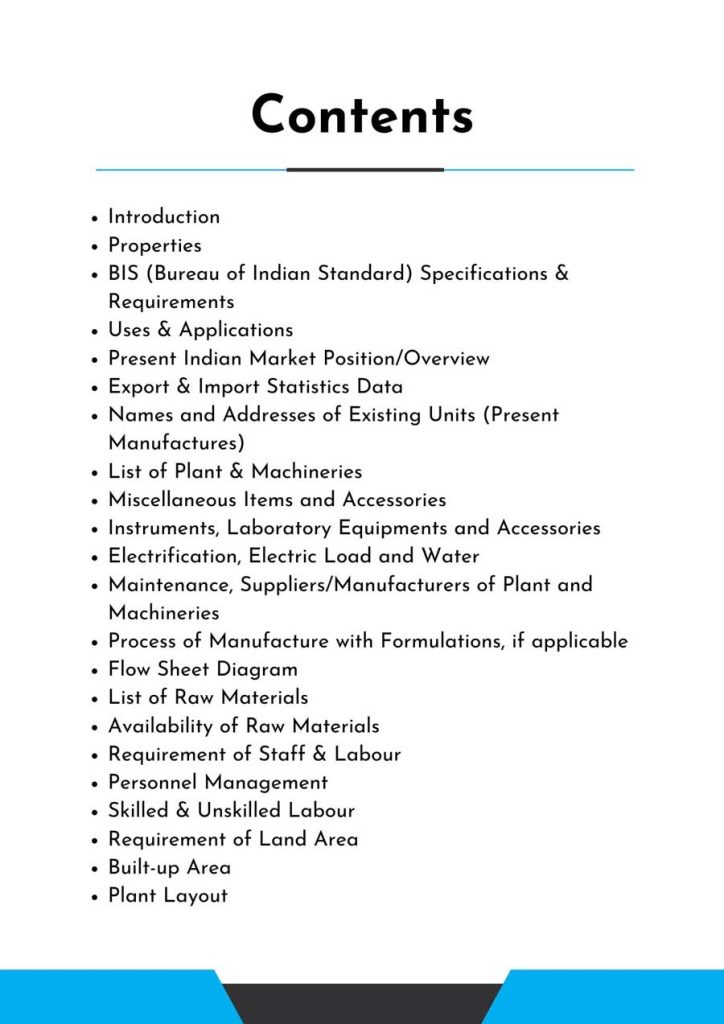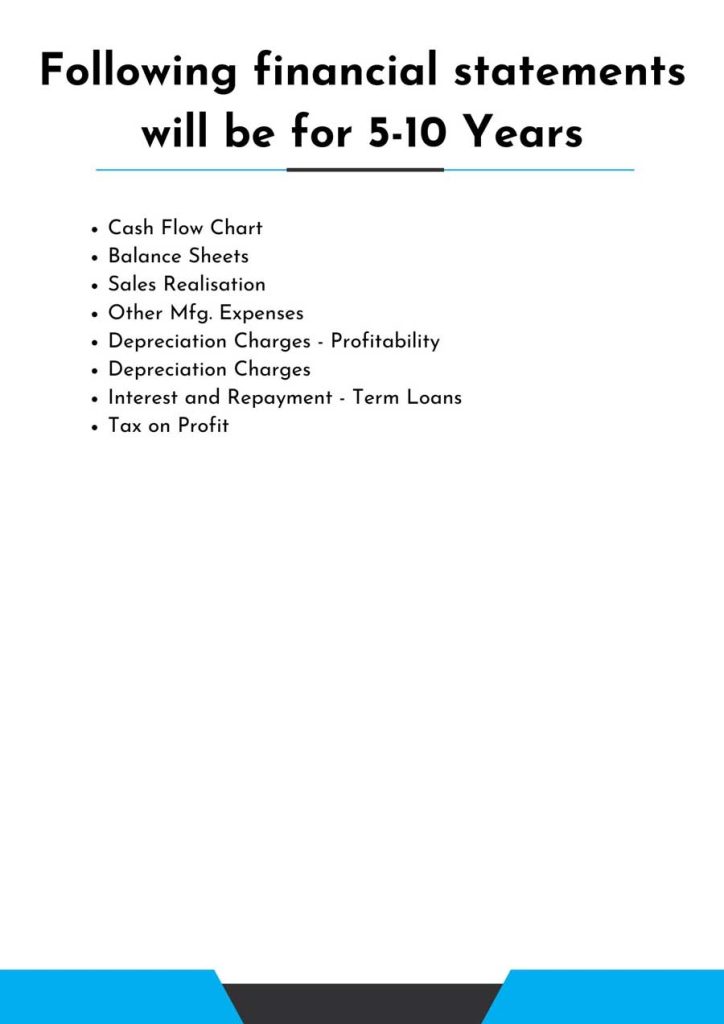Feasibility Report On Eye Drops Manufacturing
Making eye drops is the process of creating sterile suspensions or solutions to treat a variety of eye conditions. This process includes preparing the ingredients, sterilizing them, loading them into containers, and packaging them under strict quality control rules to ensure safety and efficacy for ocular use.
Introduction
Feasibility Report For Eye Drops Manufacturing.
A pharmaceutical solution called eye drops is injected straight into the eye for a variety of medical or diagnostic uses. These solutions usually come in tiny, sterile vials with a dropper mechanism that allows you to precisely measure out how much lubricant or medication to put in your eye. Eye drops are used for a wide range of purposes; they can be used to diagnose specific eye illnesses or to treat ocular conditions such as allergies, glaucoma, infections, inflammation, and dry eye syndrome. Eye drops are made with different substances depending on what purpose they are meant to serve. Saline solutions for cleaning and hydrating the eye, lubricants to relieve dryness and irritation, antibiotics or antiviral drugs to fight infections, corticosteroids to reduce inflammation, and medications to
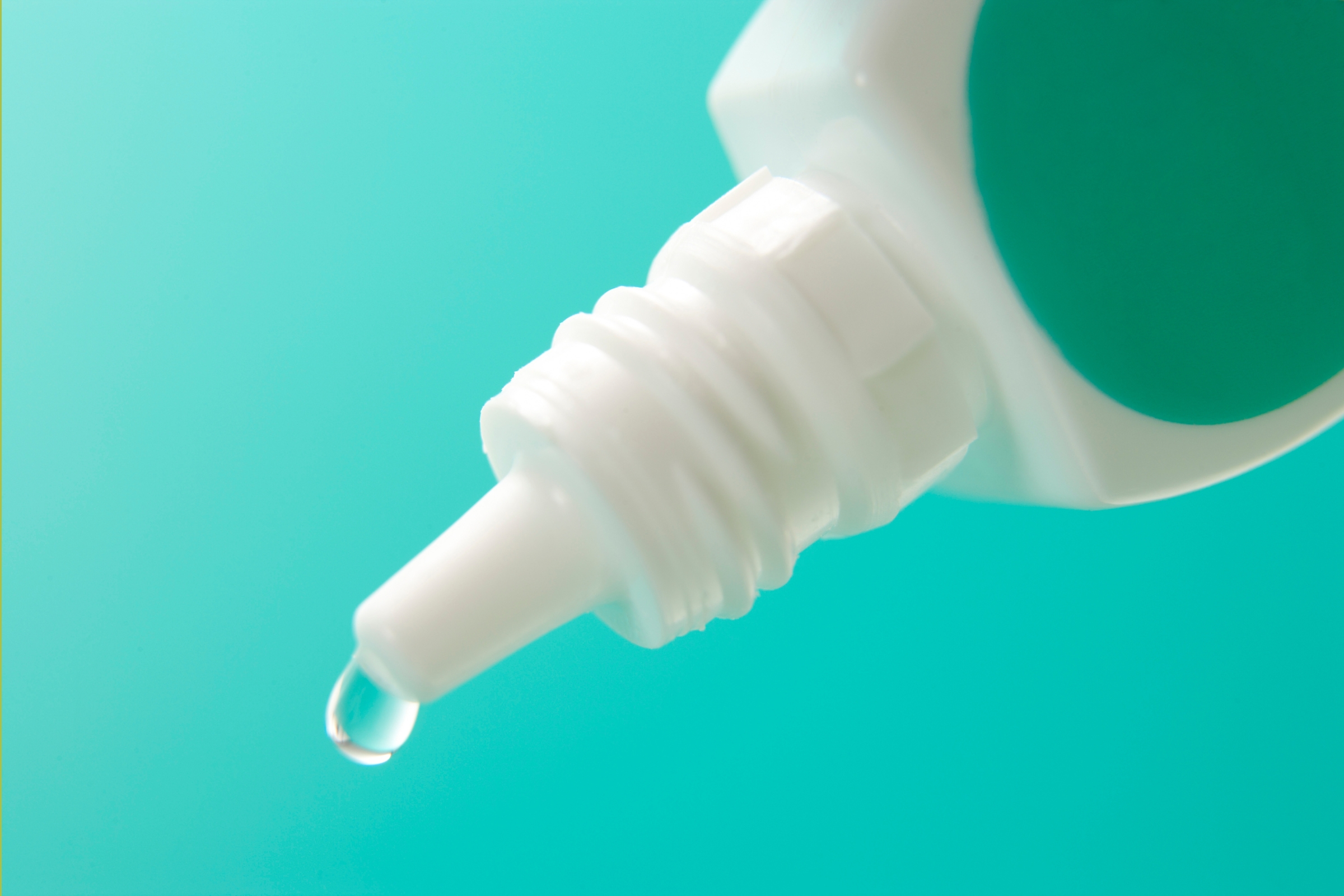
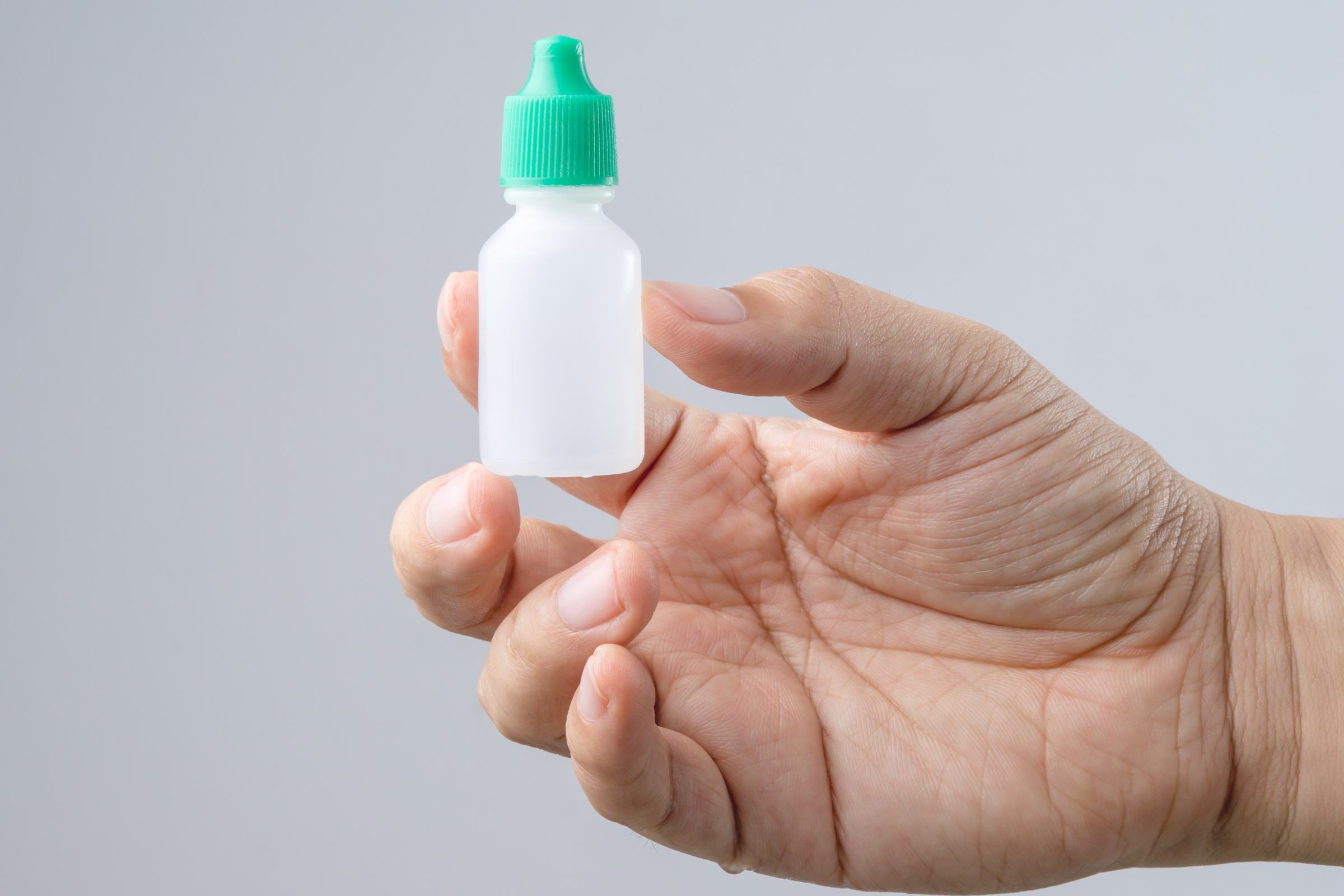
Relieving dry eye syndrome, a condition marked by inadequate lubrication and moisture on the ocular surface, is one of the main purposes of eye drops. Numerous things, such as environmental stimulants, hormonal shifts, specific drugs, or underlying medical disorders, might cause dry eye syndrome. Artificial tears, sometimes referred to as lubricating eye drops, are composed similarly to natural tears, which hydrate and calm the eyes, lessening irritation and enhancing eyesight. Sodium hyaluronate, hydroxypropyl methylcellulose, and polyethylene glycol are common constituents in these drops that support ocular surface integrity and tear film stability.
Feasibility Report Sample On Eye Drops Manufacturing
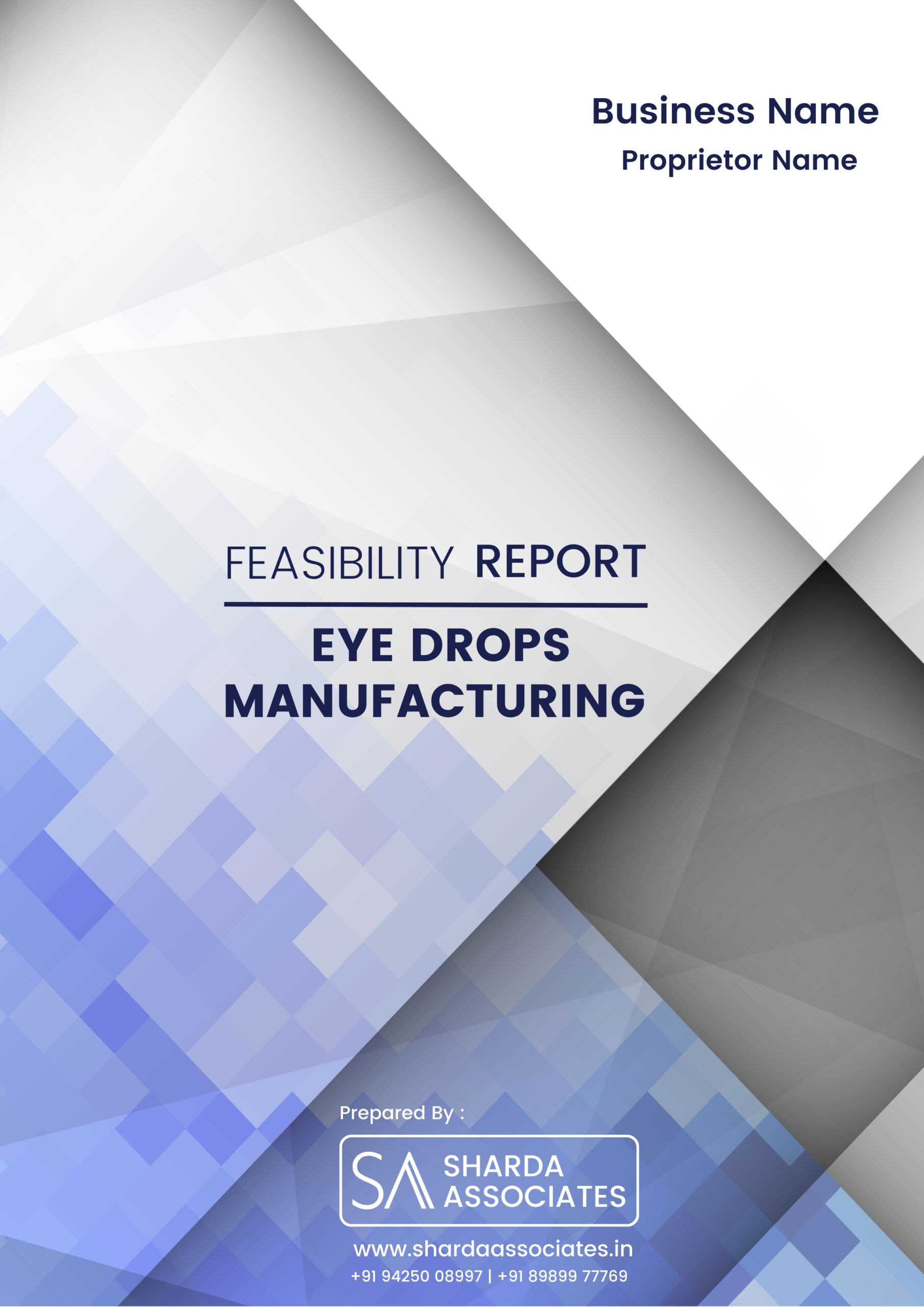


Market Strategy of Eye Drops Manufacturing
The eye drops market is expected to reach a value of approximately USD 23.11 billion by 2030, growing at a compound annual growth rate (CAGR) of approximately 5.5% between 2023 and 2023. In 2022, the market was estimated to be worth USD 15.22 billion.
Pharmaceutical solutions made especially to be applied to the eyes are called eye drops. These drops help relieve redness, lubricate dry eyes, treat allergies, and manage conditions like glaucoma. Because they both give moisture and reduce discomfort, moisturizing eye drops are a great tool for people with dry eye syndrome. Vasoconstrictors narrow blood vessels on the surface of the eye, which is why they are commonly found in redness-relieving drops. In addition, doctors may recommend prescription eye drops to lower intraocular pressure and treat particular eye conditions like glaucoma.
The number of people looking for eye care solutions is rising due to a number of factors, including the aging population, more screen usage, and environmental concerns. The availability of self-administered over-the-counter eye drops and rising awareness of the value of eye health are also propelling market expansion. As people become more proactive about maintaining their eye health, there is an increased need for a variety of eye drops tailored to certain ailments, which is driving market growth. The development of the pharmaceutical sector also depends on technological developments in drug delivery and formulation. The effectiveness and safety of eye drops are increased by developments in sustained-release mechanisms, customized drug delivery systems, and formulations devoid of preservatives.
